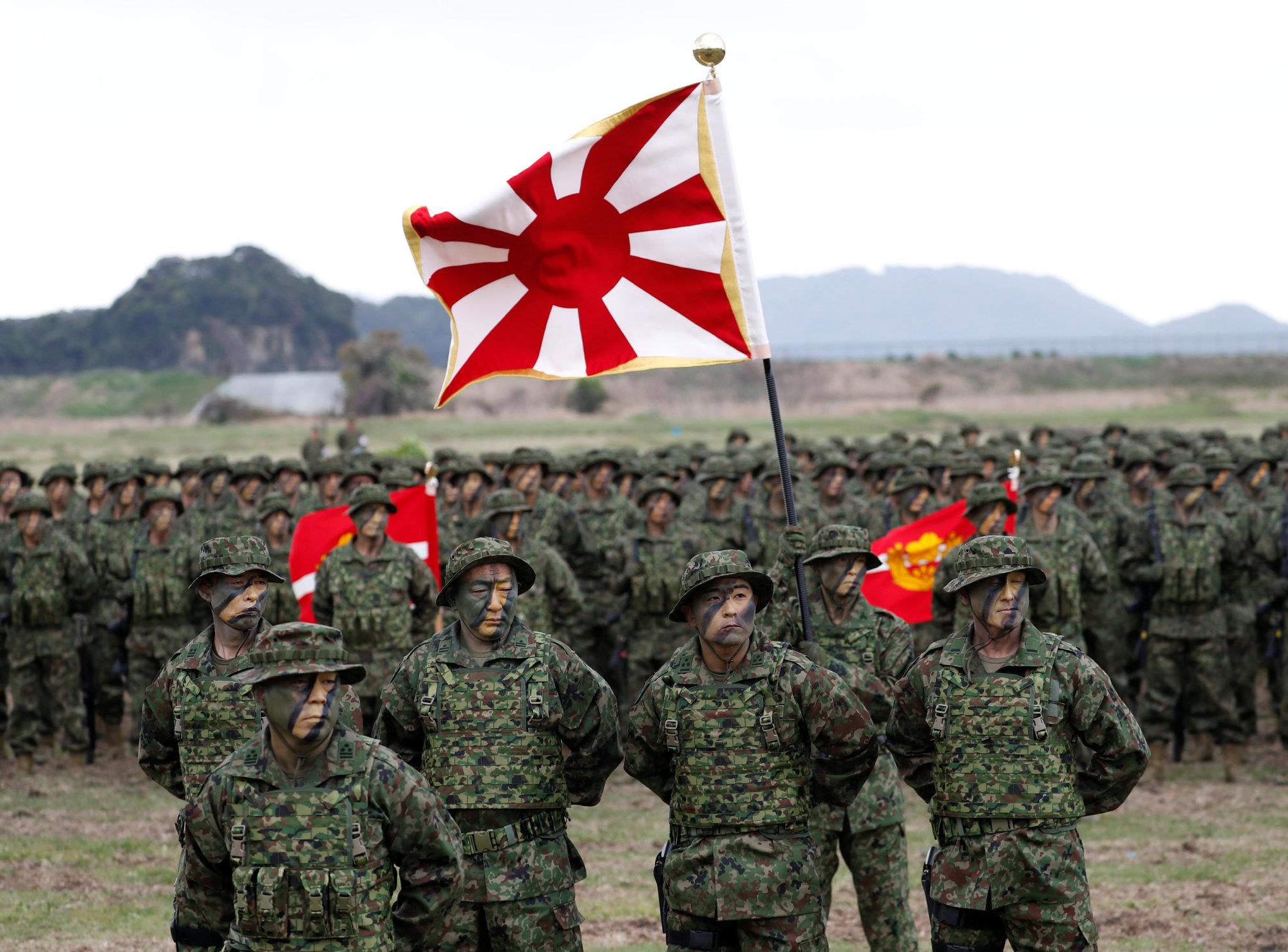(MENAFN- Asia Times)
While strategic eyes focus on the carnage in Ukraine, Washington's premier Asian ally is quietly tightening security ties with friends near and far.
Avowedly pacifist Japan on May 6 announced a surprise defense agreement with the United Kingdom after a similar agreement was signed in January with Australia. Tokyo is also on the move in Southeast Asia. On May 2, it signed a defense agreement with Thailand.
A new urgency is apparent.
“Ukraine may be tomorrow's East Asia,” Japanese Prime Minister Fumio Kishida warned in London last week.“Russia's aggression is not an issue only for Europe. The international order encompassing the Indo-Pacific is at stake.”
Given this,“Japan is much more engaged, in security terms, than I have ever seen,” said Dan Sneider, who lectures on East Asia at Stanford University.
Noting that Japan, Singapore and South Korea joined a US-led conference in Germany on arms supplies to Ukraine, Sneider added:“There is almost a NATO-associative process going – there is way more engagement with Indo-Pacific.”
Japan extends its reach
On May 6 in London, prime ministers Kishida and Boris Johnson announced the start of talks on an agreement that would, according to the Japanese government “improve policy, legal and administrative procedures for joint operations, exercises and activities.”
Both ex-continental, US-allied middle powers are beefing up their expeditionary capabilities. The UK operates two new F-35 carriers, one of which has already toured the Asia-Pacific, and Japan is now converting two ships into carriers. And there are wider symmetries.
“Japan and the UK are global strategic partners who share fundamental values … and are each other's closest security partners in their respective regions,” Tokyo stated.“Both countries wish to further strengthen cooperation towards realizing a 'Free and Open Indo-Pacific'… in particular by enhancing interoperability.”
The Reciprocal Access Agreement borrows its terminology from a deal Tokyo signed with another Anglosphere partner in a very different geography – Australia – in January this year.
Prior to that, in a west-south alignment last September, Canberra, London and Washington signed the AUKUS agreement which, among other things, aims to supply Canberra with nuclear-powered submarines.

Troops of the Japanese Ground Self-Defense Force's Amphibious Rapid Deployment Brigade, Japan's first marine unit since World War II, gather at a ceremony activating the brigade at Camp Ainoura in Sasebo, on the island of Kyushu. Photo: Agencies
There is more. Kishida's May 2 deal in Thailand enabled defense equipment and technology transfers and possible Japanese investment in Thailand's defense sector.
That follows similar Japanese arrangements with Malaysia, Indonesia, the Philippines and Vietnam. Even so, there is opacity about Tokyo's defense ambitions in ASEAN – which is internally at odds over disputed territories in the South China Sea and its response to China's growing presence there.
“It is unclear to me,” admitted Singapore-based security consultant Alex Neill.“Some of it is about port access, and the ability to replenish and so on, but it may be aiming to add some oxygen to Japan's defense industrial base, which represents a tiny fraction of Japan's economy.”
Japan has been massing diplomatic and military force since then-Prime Minister Shinzo Abe spoke of Japan's commitment to Indo-Pacific security in 2014. More recently, Abe and other right-wingers have urged Tokyo to adopt a stance on Taiwan's defense.
It is not only talk.
Japan is a blue water naval player with impressive Aegis-equipped destroyer, submarine and anti-submarine assets and is converting assault ships to aircraft carriers.
It has edged ever closer to its key ally Washington, which is being drawn more deeply into the region as it engages in military, economic, diplomatic and technological competition with Beijing.
The security of Japan, which has territorial disputes with both China and Russia, is underwritten by its mutual defense treaty with the US – a treaty that massively outweighs all other deals.
But Japan has uses for Washington, too.
Washington's Asian ally
As the US fights a proxy war with Russia in Ukraine, its China-facing security interests in Asia are served by Japan's proxy diplomacy.
“The Japanese don't push security issues and hard choices, they are a little more subtle. The Americans are kind of ham-fisted,” said Sneider.“It is easier to put the Japanese in front and try to bring these countries into broader alignment with the Biden administration's Indo-Pacific structure.”
Meanwhile, South Korea has a new conservative leader who wants to reset relations with longtime bete noire Japan.
That raises the enticing prospect for America's anti-China lobby of trilateral amity in East Asia, rather than two separate bilateral alliances with bickering allies.
“If there is reduced nationalist sentiment in Korea toward Japan's wartime atrocities, that will work very much in favor of Japan and will be an opportunity to reinvigorate the trilateral relationship,” said Neill.
Still, East Asia continues to lack the kind of NATO-style security architecture the US wields against Russia.
But US-led regional alliances that have appeared since 2017 – the Quad and AUKUS – combined with Japan's expanding web of agreements and the likelihood of Seoul-Tokyo cooperation, all represent heightening pushback against China.
“It is all about homogenizing arrangements with like-minded navies and inter-connectivities,” said Neill.“It's a matrix management of alliances and partnerships instead of two-dimensional or hub-and-spoke approaches.”
The downside is the addition of new powder to the region's tinderboxes.
“The focus on exclusive mechanisms intended to shape great power competition and not prevent it reflects the grim reality of a region in which war is once again in the realm of the thinkable,” warned a 2022 Australian report on Asia's security architectures.

The death and destruction in Ukraine are one of several measures pushing Japanese leaders to upgrade defenses and increase east-west-south defense ties. Photo: war.ukraine.ua / Aris Messins
Follow Andrew Salmon on Twitter: @Andrewcsalmon
MENAFN12052022000159011032ID1104202486
Legal Disclaimer:
MENAFN provides the information “as is” without warranty of any kind. We do not accept any responsibility or liability for the accuracy, content, images, videos, licenses, completeness, legality, or reliability of the information contained in this article. If you have any complaints or copyright issues related to this article, kindly contact the provider above.